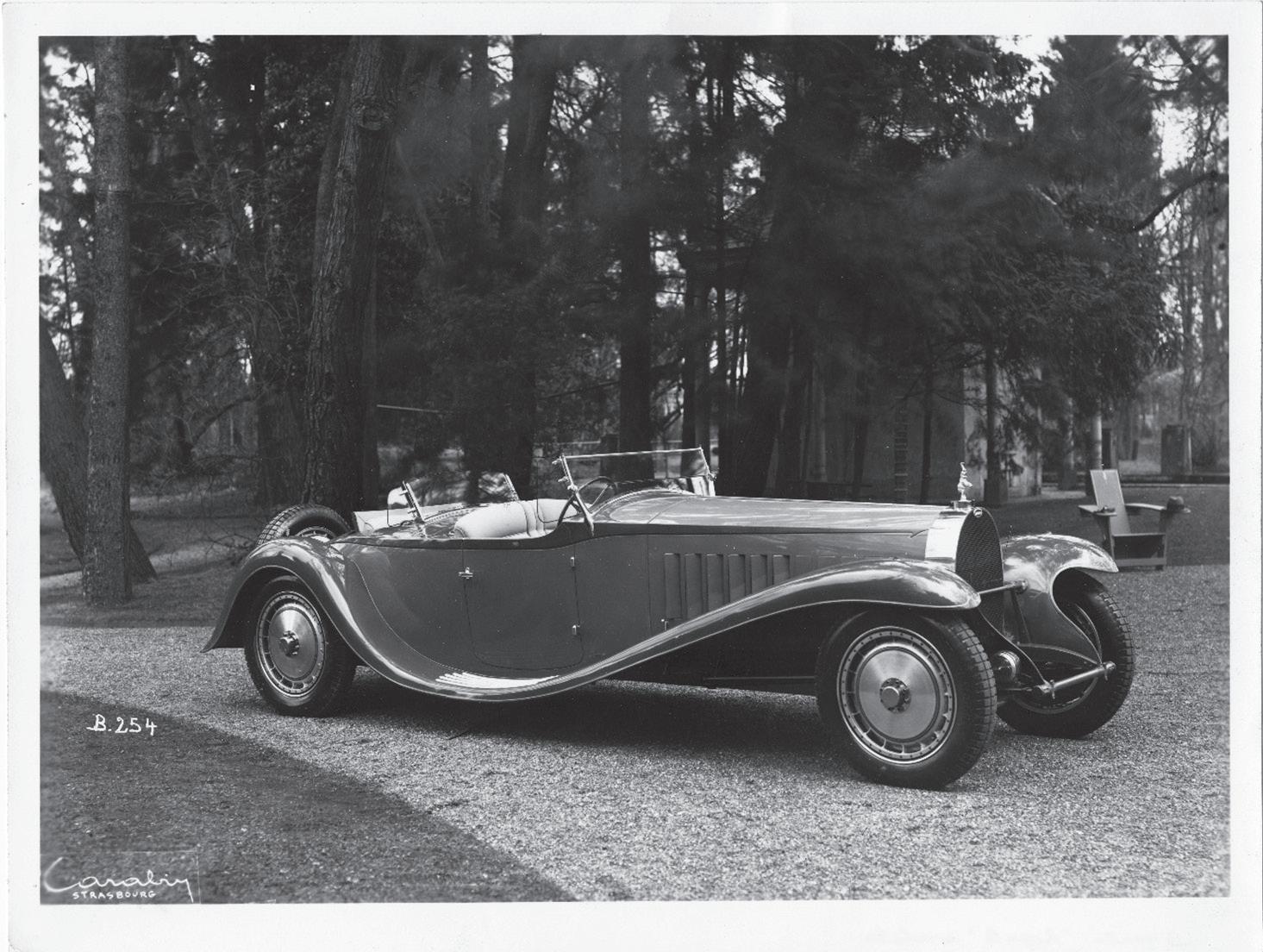
3 minute read
WHAT’S NEW IN ART, ARCHITECTURE, AND DESIGN
MODERN PORTRAITS, HOMES WITH AN INDUSTRIAL INFLUENCE, AND MONOCHROMATIC INTERIORS
Portraits are getting an avant-garde face-lift; big-city homes take inspiration from industrial surroundings, and interior residential spaces make bold monochromatic statements. Here, the latest trends in art, architecture, and design.
ART Contemporary artists are putting a new face on the traditional portrait, spurning the staid, somber realistic depictions of yesteryear for more unconventional concepts.
For Lauren Brevner, who is based in West Vancouver, British Columbia, it’s the female face that undergoes a feminist transformation.
She sees her mixed-media portraits, which have been compared to the work of Austrian symbolist painter Gustav Klimt, as a commentary on the subject of women and their depiction in art through the ages.


“Although my portraits aren’t necessarily self-portraits, I do feel like there are pieces of me in all of the women I paint,” Brevner says.
Brevner, who apprenticed in Osaka, Japan, employs stylistic elements of traditional Japanese art and culture in her works, which primarily are executed in oil.
She says the portraits empower rather than objectify women: “They are a reflection of the vitality of sensuality over sexuality.”
Frans Smit, who reimagines Old Master paintings by the likes of Rembrandt, John Singer Sargent, Van Eyck, and Velázquez, goes one step further to make the familiar foreign: He obliterates the faces of his subjects with violent brushstrokes or graffities them with sprays of aerosol paint.
The South Africa-born artist, who is based in Cape Town, has cited a number of painterly influences, including Lucian Freud, Francis Bacon, and Frank Auerbach, for his jarring realistic/ abstract portraits.
ARCHITECTURE Big-city residences are taking design cues from their industrial surroundings.
Architect Matthew Baran, whose namesake studio is based in Oakland, Calif., is designing single-family houses with raw finishes and exposed structures that are in sync with their contexts. “I am interested in finding beauty in unexpected places and in unique ways,” he says. “I like the idea of architecture adapting to these conditions to take advantage of them.”
He has designed homes for developers in Oakland and Berkeley, where zoning laws allow for additional density on lots that have a single-family residence. These lots usually already have a Victorian home, which the team renovates in a period-appropriate style. The new house, in a contemporary industrial style, is built behind the old.
His new houses, he says, put things in perspective because “the Victorians, especially in West Oakland, were built at the turn of the century to serve the rail workers.”
Baran’s designs, for two-story, three-bedroom, 2.5-bathroom houses of 1,600 square feet, include parking for one car and open up to small yards or gardens.
He uses industrial, off-the-shelf materials like cement board and corrugated and standing-seam metal and offsets their roughness with warmer, natural materials like wood and stone.
For him, it’s about “responding to larger cultural, political, historical, or other hidden contexts, as well as environmental, cost, or other constraints,” he says.
DESIGN To create serene spaces, designers are turning to monochromatic color schemes that are easy on the eye.
“When you eliminate all the visual clutter of patterns, colors, and heavy fabrics, you notice the intricate details of the furniture, the architecture, and the art,” says Mandy Mayers, a designer and co-owner of Interior Philosophy, based in Atlanta. She and designer/ co-owner Jessica Roan create neutral backgrounds, generally painting walls and woodwork white, and add pops of color with art, decorative pillows, and vintage rugs.
Mayers and Roan, who usually incorporate natural, organic materials in their designs, used earth tones to ground an Atlanta living room and added objects in a variety of shapes—an oval mirror with a frame made of unfinished wood; iron bookcases that feature geometric designs; and a circular end table that stands on a trio of horn legs— that announce themselves in a bold bid for attention. They defined the space with a natural-fiber rug and layered a vintage wool rug on top to add subtle color, texture, and pattern.
The monochromatic look, Mayers says, is trending for secondary as well as primary homes because it is “clean-lined and fresh.”
Opposite page: A room designed by Interior Philosophy in Atlanta. This page: A modern portrait by Lauren Brevner, shown at left. A home designed by Matthew Baran incorporates both industrial and natural materials, shown at right.










